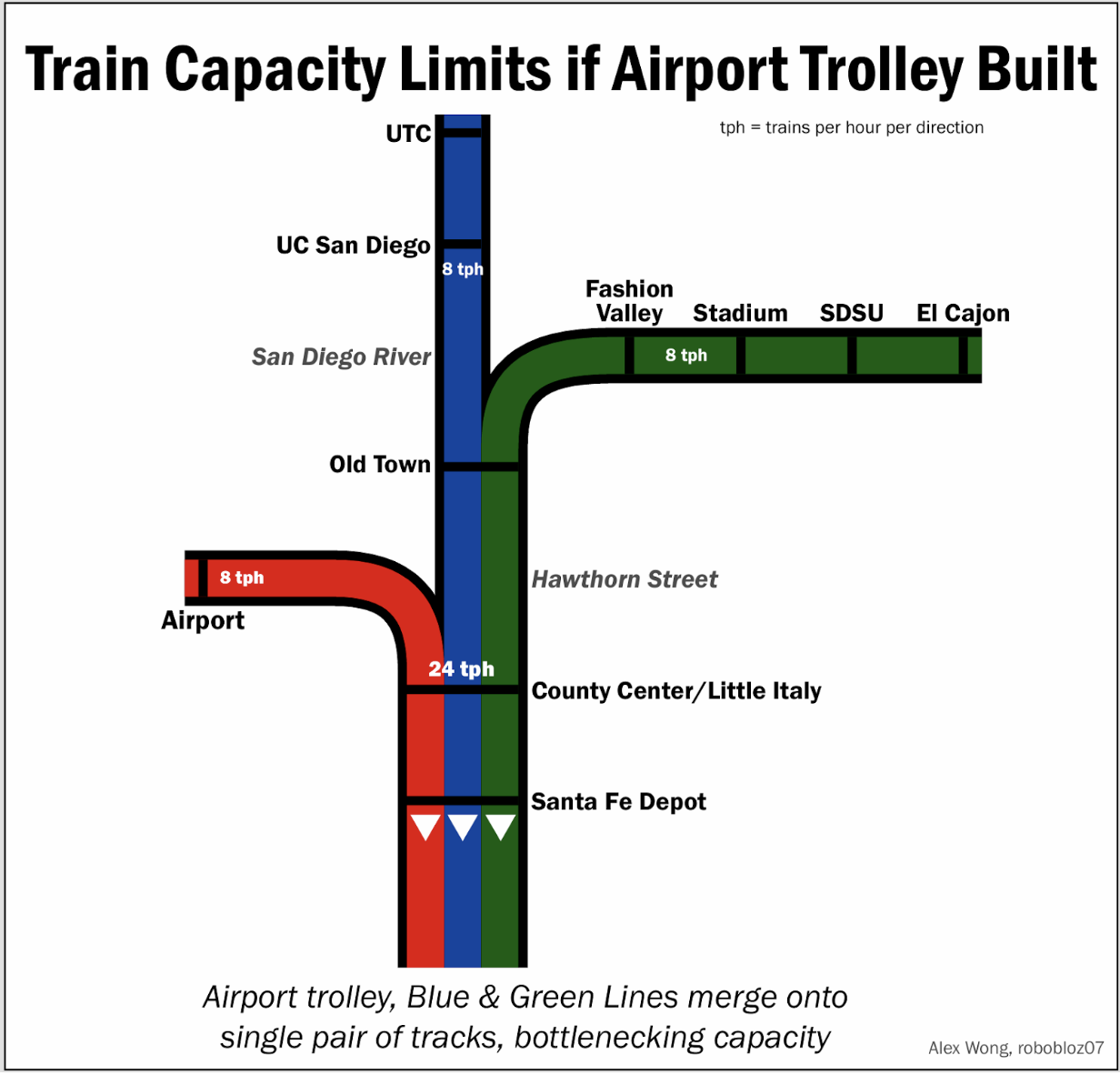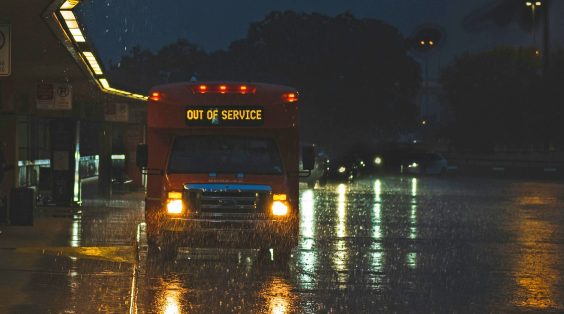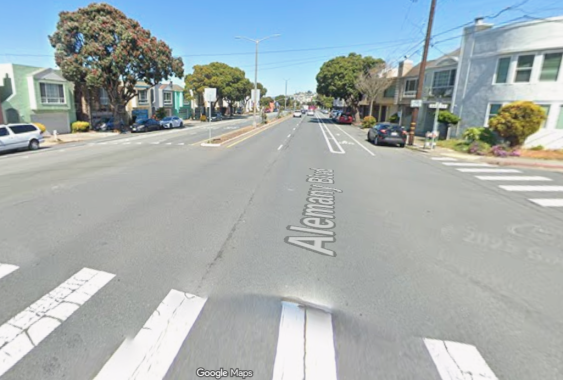With the Vision Zero Cities Conference kicking off tomorrow, Transportation Alternatives has released an accompanying collection of essays, the first edition of "The International Journal of Traffic Safety Innovation." Streetsblog is pleased to republish TA Legislative and Legal Manager Marco Conner's contribution to the journal. The whole collection is worth your time, and you can download it from TA's Vision Zero Cities site.
The message of the Black Lives Matter movement has permeated institutions across America, but in large part, transportation planners have opted out. It’s time for that to change.
As Vision Zero policies are adopted by cities and countries around the world, equity, or a lack thereof, is a major challenge to successful implementation.
Equity in Vision Zero is the fair and just implementation of transportation safety measures across all populations, including race, age, gender, geography and socio-economic condition. Where inequities exist in cities, there is also the greatest and most disproportionate rates of traffic deaths and injuries. In U.S. cities, 89 percent of high-income communities have sidewalks, while only 49 percentof low-income communities do. At the same time, black and Latino Americans, who live in low-income communities at higher rates than white Americans, are twice as likely to be killed while walking. These deaths are not accidents, but the result of inadequate and inequitable engineering and transportation policy. They represent the biases that Vision Zero has inherited, and which we must address.
There is an urgent need for transportation planners to apply a broad equity analysis to “the three E’s” -- engineering, education and enforcement -- coupled with policy implementations that are similarly guided. A mandated equity analysis will force engineers, police, and educators to consider, and make an effort to correct, historic wrongs of race, age, gender, geography and socio-economic conditions as they work toward Vision Zero.
Today, the most pressing challenge is enforcement as it relates to race in the United States. Here, institutional racism and individual bias against minority groups, particularly black and Latino people, is omnipresent, and traffic enforcement is no exception. A 2015 report in the New York Times found that black drivers across the country are up to five times as likely as white drivers to be stopped and searched while driving, even though police find illegal items less often in black drivers’ vehicles.
Black Americans are arrested for drug-related crimes at twice the rate of white Americans, despite white people using drugs at comparable rates and selling drugs at similar or higher rates. From before the point of arrest through adjudication and criminal sentencing, a history of biased, racist and draconian practices have devastated generations and entire communities. In New York City, 12 of the 15 neighborhoods with the most criminal court summonses for bicycle riding on the sidewalk are primarily black or Latino, while 14 of the 15 with the fewest are predominantly white [PDF].
Yet, despite these devastating racial inequities in transportation, enforcement remains a crucial tool in saving lives. The annual number of U.S. drunk driving deaths decreased from 25,000 in 1980 to fewer than 10,000 today due to increasing the frequency and certainty of enforcement. Enforcement by automated speed cameras in New York City has changed driver behavior significantly enough to reduce speeding by up to 60 percent [PDF].
Individuals and institutions dedicated to Vision Zero cannot summarily dismiss enforcement as a tool, or ignore systemic injustices. There is hope, however, in a nuanced approach to enforcement, where areas like automated cameras, data-driven safety summonsing, or the emergency response to a traffic-injury crash do not exhibit racial bias. Here, cities can find a framework for increasing certain traffic enforcement measures, and by applying comprehensive institutional changes, overcome existing inequities.
Enforcement should be considered in three major categories: traffic-injury crashes, traffic safety violations, and investigatory traffic stops. Additionally, there are two stages to all enforcement: first, the initial police response up to, but not including, arrest or ticketing of the driver; and second, the point of arrest or ticketing, including prosecution, adjudication, and penalties.
Traffic-Injury Crashes
In a traffic-injury crash, a victim has been harmed, frequently by a driver who made a conscious dangerous driving choice, and police take action in response. For drivers involved in causing these crashes, little or no racial disparity exists within the first stage of enforcement. However, bias does occur in the second stage of enforcement, with black and Latino people far more likely to be arrested, receive less favorable plea offers, and harsher punishments than similarly situated white people, across all types of crime.
Traffic Safety Violations
For a driver caught committing a traffic safety violation, like speeding or failure to yield, little racial disparity is seen in summonsing by police in either stage of enforcement. Because moving violations and their penalties are clearly defined there is little room for subjectivity.
“The driver’s race, age and gender has no relevance to the likelihood of being stopped,” write Charles Epp, Donald Haider-Markel, and Steven Maynard-Moody in Pulled Over: How Police Stops Define Race and Citizenship. Rather, it is driver behavior that determines police enforcement of most traffic safety laws. Using automated camera enforcement wholly removes racial bias.
Investigatory Traffic Stops
By contrast, investigatory traffic stops see the most blatant racial disparities, from before arrest or ticketing through adjudication and sentencing. Investigatory stops are typically discretionary police stops for strikingly minor violations like driving too slowly or failing to signal a turn. “Virtually all of the wide racial disparity,” the researchers note in Pulled Over, “is concentrated in one category of stops: discretionary stops for minor violations of the law.”
Investigatory traffic stops mimic stop-and-frisk tactics common in major U.S. cities, part of a policy of so-called “broken windows” policing, where minor offenses are targeted under the theory that this prevents major crimes. Indeed, these traffic stops have become known as “broken taillight policing,” where a violation relatively insignificant to safety is aggressively and subjectively enforced. The results are the disparate stopping, ticketing and arresting of drivers and bicyclists in predominantly African-American neighborhoods. Broken taillight policing criminalizes nonviolent and non-criminal behavior, and thus risks creating opposition to enforcement against dangerous driving. Further, because the summonses and arrests that result are tried in a racist criminal justice system, investigatory traffic stops are inherently inequitable.
Without addressing this bias in enforcement, we will be unable to reach Vision Zero, because all-important traffic enforcement resources will be misdirected, perpetuating linked cycles of racial bias and ineffective traffic enforcement.
Equitable Solutions
Today, remarkable technology and a deep pool of data allow cities to reduce traffic fatalities while avoiding the biases that exist in their police systems. Data-driven enforcement, which targets the most dangerous driver behaviors in the locations where they are causing the most harm, is a focused road map for law enforcement. Automated camera enforcement effectively protects against racism, removing the subjectivity of police officers, which is common in investigatory traffic stops.
Cities that wish to reach Vision Zero are also responsible for helping enforcement agencies reach a less biased horizon. Educating officers on the moral significance of focusing on the most dangerous driver behaviors, providing anti-racism training and education, and reaffirming that a specific and articulable danger connected to a specific driver is the only standard for a traffic stop are all necessary first steps.
To help address racial disparities following arrest, minor offenses like bicycling on the sidewalk should be decriminalized. Additionally, police, prosecutors and courts must be fully transparent and provide aggregate demographic and case data to help accurately define problem areas and measure progress. To clear the slate, and set a strategic plan for easing inequities, cities should commission third-party assessments on the role that race plays in their enforcement and establish community-based restorative justice programs. Finally, police departments must have meaningful independent civilian oversight to create accountability and help overcome decades of institutional racism.
There is no acceptable form of Vision Zero without these steps. For all cities adopting Vision Zero, an intersectional and inclusionary equity analysis must permanently guide engineering, education and enforcement along the lines of age, gender, geography and socio-economic condition as well as race. Equity must become a fourth “E,” applied in a recurring process of analysis, implementation, and evaluation. Achieving equity in Vision Zero is not only a moral obligation; equity is a tool and tactic requisite to reach our goal.






